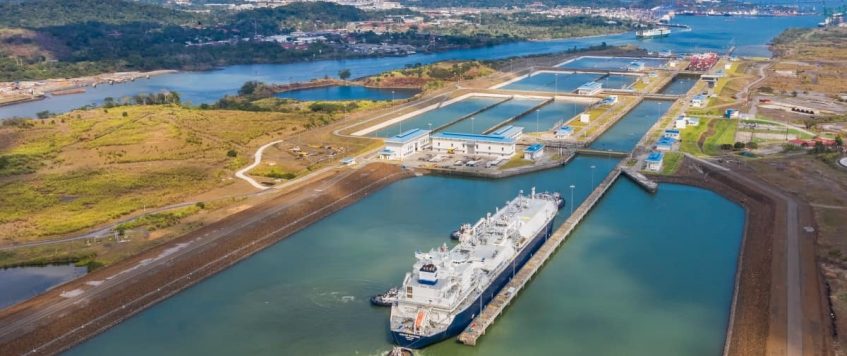-
22
Apr
The Panama Canal, a vital artery in global maritime trade, is facing a confluence of challenges that threaten its operational capacity and long-term viability. Recent data and developments shed light on the complex interplay between climate variability, infrastructure constraints, and geopolitical tensions that are shaping the current situation at the canal.
At the forefront of concerns is the impact of a prolonged drought on water levels at Gatun Lake, the primary reservoir that powers the canal’s locks. According to data, Gatun Lake’s water levels have reached historic lows, with January 1, 2024, marking a record decrease compared to previous years. This decline has been exacerbated by a combination of factors, including the effects of El Niño, a natural climate phenomenon, and global warming.
The severity of the drought underscores the immediate need for action to mitigate its effects on canal operations. As Gatun Lake serves as both a vital water source for the locks and a key reservoir for supplying freshwater to millions of residents in Panama, the depletion of its water levels poses significant challenges for both maritime and domestic stakeholders.
In response to dwindling water supplies, the Panama Canal Authority (ACP) has been forced to implement restrictions on ship transits. The current limit of 24 transits per day, set to be re-evaluated in April 2024, represents a significant reduction from the usual capacity of 38 transits. This reduction not only disrupts maritime traffic but also poses logistical challenges for shipping companies relying on timely passage through the canal.
Furthermore, the decrease in water levels has necessitated restrictions on the size of ships that can traverse the canal. Larger vessels, which sit lower in the water and require more freshwater to navigate the locks, are particularly affected by these limitations. As a result, some shipping fleets have been compelled to reroute their vessels or seek alternative transit routes, further complicating global supply chain dynamics.
Amidst these challenges, the ACP has outlined plans to invest $2 billion over the next six years in infrastructure upgrades aimed at managing Gatun Lake’s water levels. However, the realization of these plans hinges on obtaining legislative approval and overcoming opposition from local stakeholders, including Panamanian farmers.
In the absence of sufficient investment in canal infrastructure, alternative transit routes and transportation modes are being explored. Mexico’s proposal to revive a railroad project across its southern isthmus and the utilization of intermodal services offer potential alternatives to alleviate reliance on the Panama Canal. However, concerns persist regarding the feasibility and scalability of these alternatives, particularly in light of existing infrastructure constraints and logistical complexities.
Moreover, the Panama Canal’s strategic significance as a transit route is underscored by disruptions in other key waterways, such as the Suez Canal. Ongoing security threats in the Red Sea region have led to increased uncertainty surrounding transit through the Suez Canal, further highlighting the importance of diversified shipping routes and resilient infrastructure networks.
The current situation at the Panama Canal reflects a convergence of challenges stemming from climate variability, infrastructure limitations, and geopolitical tensions. Addressing these challenges requires a multifaceted approach that prioritizes sustainable infrastructure development, adaptive management strategies, and international collaboration. Failure to address these issues risks exacerbating disruptions in global supply chains, with far-reaching implications for industries and economies worldwide.

